I love Char Kuay Teow
I love Rojak
I love Roti Prata
I love Mee Siam
I love food so much
Submitted by Qiu Jiahui
I love Char Kuay Teow
I love Rojak
I love Roti Prata
I love Mee Siam
I love food so much
Submitted by Qiu Jiahui
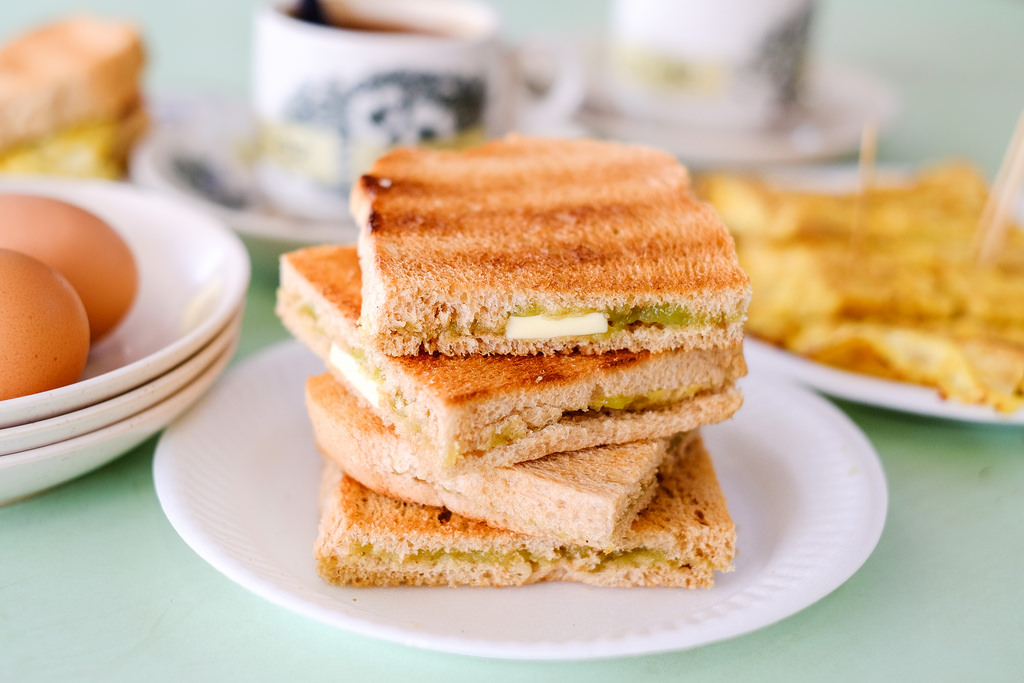
Kaya toast is a popular snack or breakfast that goes well with a cup of local ‘kopi’ (coffee) or ‘teh’ (tea). It consists of charcoal-grilled or toasted slices of bread enveloping slivers of cold butter and a generous spread of kaya, a traditional jam made from coconut and eggs. More often than not, it is accompanied by two soft-boiled eggs with runny yolks accompanies with dark soya and white pepper.
This snack is credited to the Hainanese, such as the founders of Ya Kun Kaya Toast and Kheng Hoe Heng Coffeeshop.
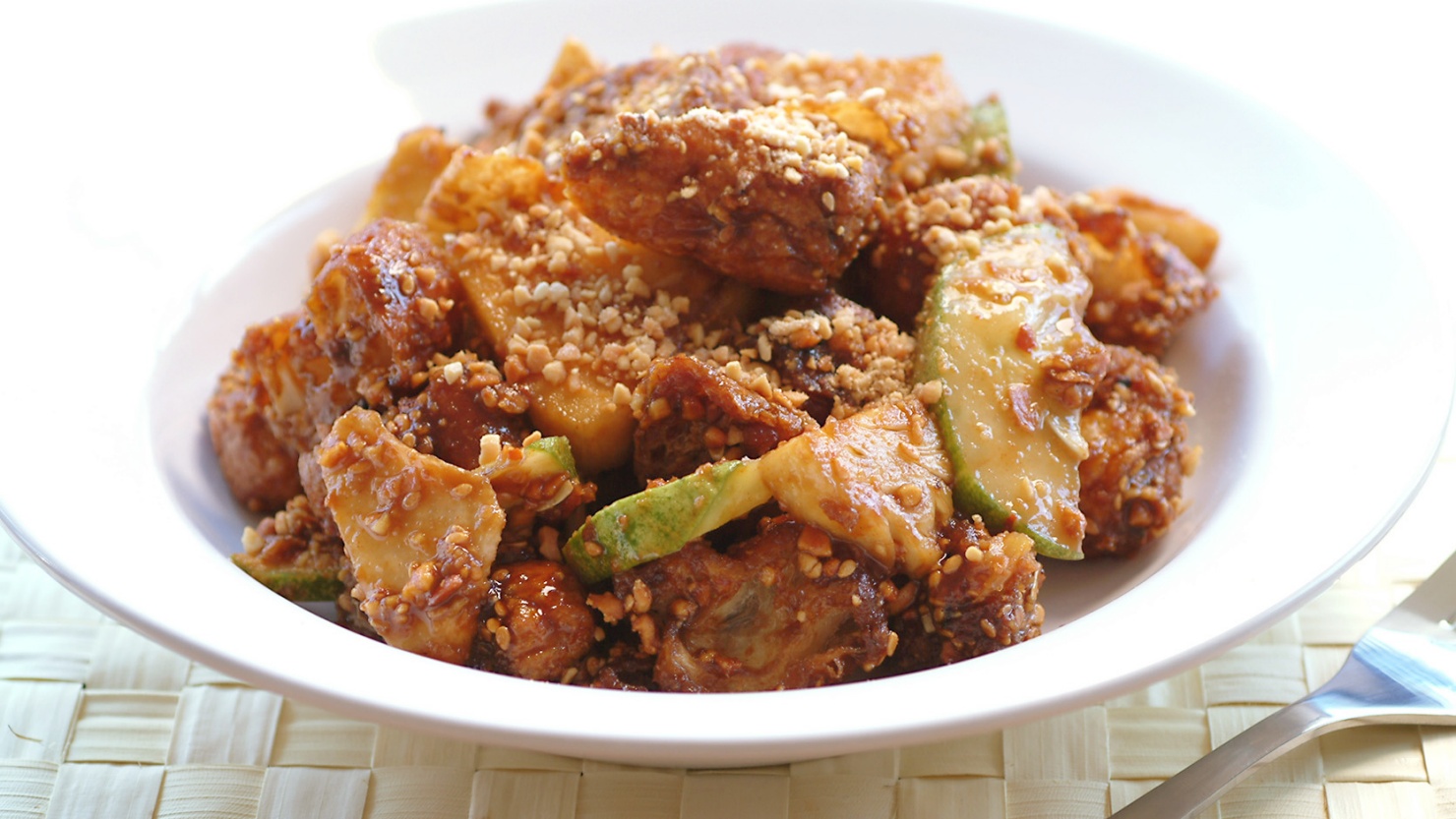
Rojak means an “eclectic mix” in colloquial Malay, and the dish sure lives up to its name. Its ingredients reflect the cultural diversity of Singapore, bringing together disparate items with strong flavours into a harmoniously tasty blend.
No one really knows the origins of rojak as Asia has many different types. These include the Indonesia gado-gado with rice cakes and vegetables drenched in a peanut sauce to the Indian rojak whose peanut sauce is fiery orange in colour and used as a dip for its ingredients like fried dough, potatoes and steamed squid. Rojak is typically sold by Chinese hawkers. Until the 1980s, rojak sellers could still be found, often illegally, moving through neighbourhoods on bicycles. Today, they have found a home in most food centres in the city.
The typical style you’ll find in Singapore is sweet, comes with dough fritters, a salad mix and lathered with pungent black prawn paste.
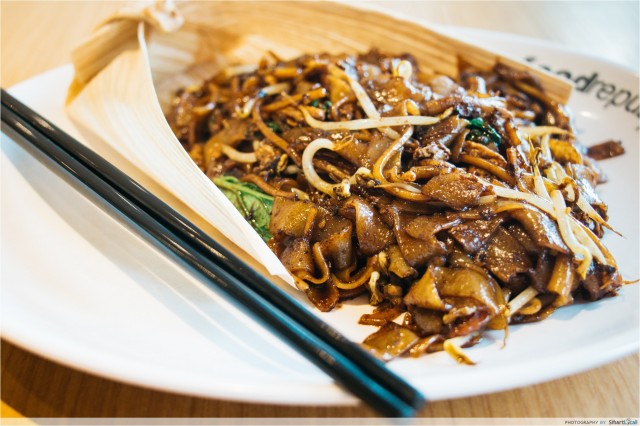
Char Kway Teow, which literally means ‘stir-fried rice noodles’ in dialect, is traditionally made out of flattened rice noodles fried with an assortment of ingredients and dark sauce. The dish, of Teochew origins, is a familiar one in hawker centres, coffeeshops and food courts in Singapore.2
The Singapore Tourism Board defines it as a “heady mixture of flat rice, noodles, eggs, prawns, and cockles” and a “near perfect balancing act of sweet, salty, crunchy and chewy”. Some of the more typical ingredients that make this delicious plate of ‘heart attack’ are: Fish Cake, Bean Sprouts, Hum (Fresh Cockles), Eggs, Dark Soy Sauce, Sweet Sauce, Lap Cheong (Chinese Sausages) and Spring Onions. Stir-fried on high heat together in a huge wok, Char Kway Teow often comes packed with wok hei (charred flavours from the wok).
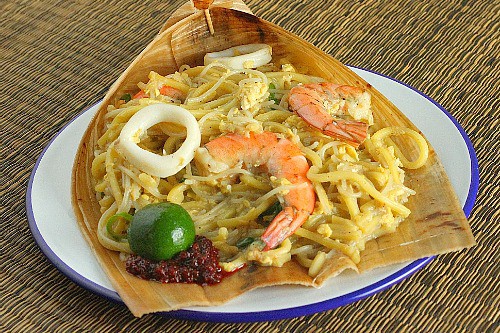
The Singaporean version of Hokkien mee was created after World War II by Chinese sailors from the Fujian (Hokkien) province in southern China.
In its most common form, the dish consists of egg noodles and rice noodles stir-fried with egg, slices of pork, prawns and squid, and served and garnished with vegetables, small pieces of lard (now substituted with chicken lard due to health concerns), sambal chilli and lime. Some dishes eliminated pork and replaced it with chicken so that it can be served to the Muslim community in Singapore.
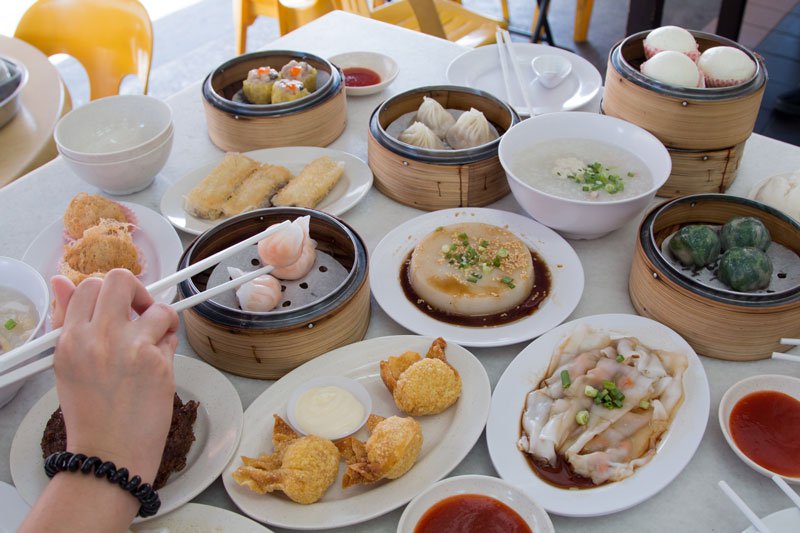
Dim Sum has always been a traditional comfort food in Singapore, owing to many early migrants bringing this wonderful cuisine to our little island from Hong Kong. Through the decades, Singapore has also evolved the Dim Sum culture to include different styles like Shanghainese and Sze Chuan dishes, as well as our own local touch.
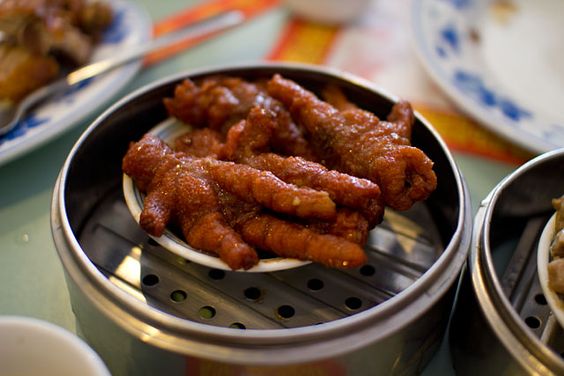
The chicken feet is marinated then fried, and is one of the common dim sum served in many stalls. This is possibly one of the dish (“chicken anatomy”) mentioned in Poonan’s poem.
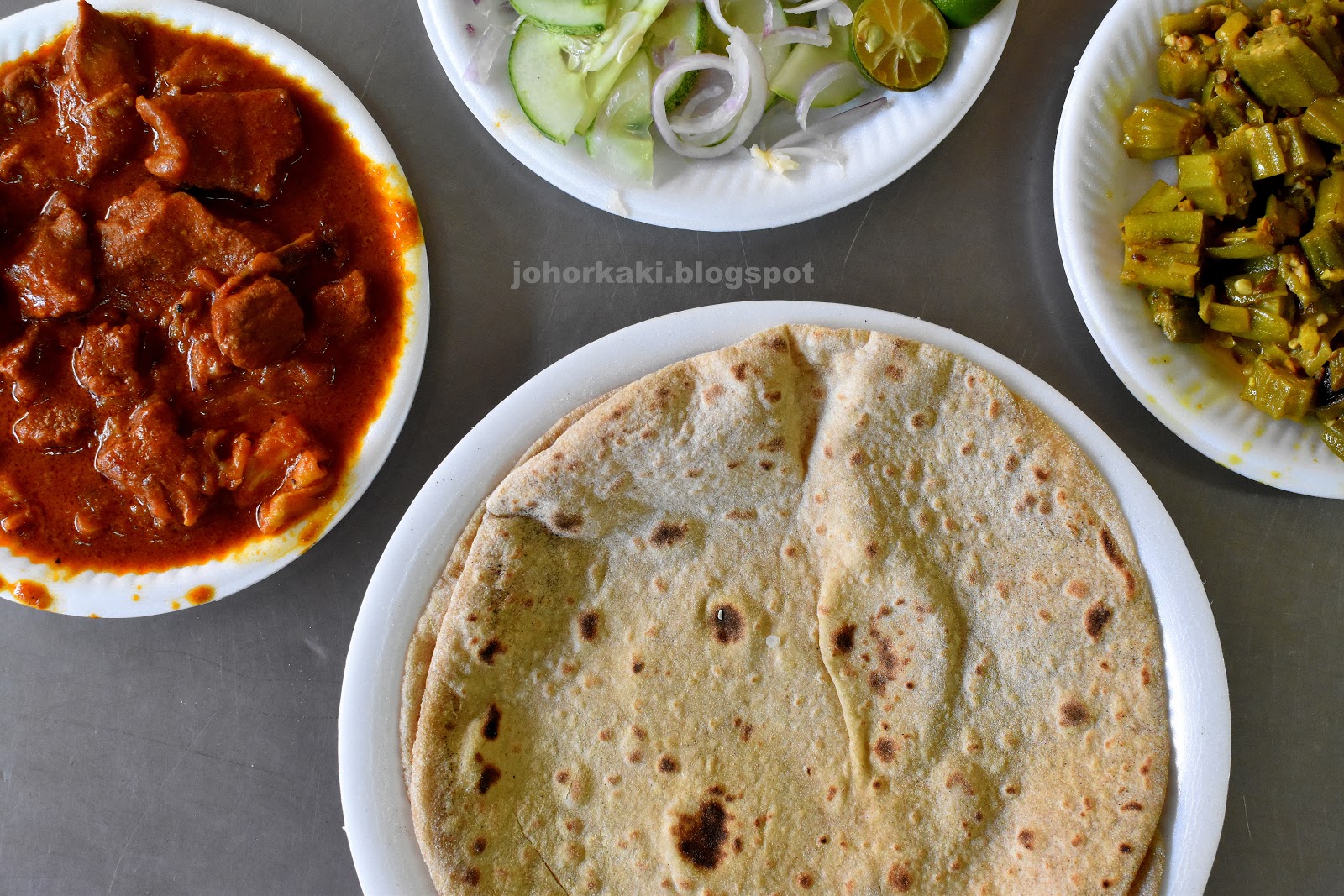
Chapati (Indian cuisine) is a type of bread made of unleavened wheat flour. Shaped round and flat like a pancake, it is best eaten with curries. The common item to go with the chapati is the keema (minced mutton and peas in curry).
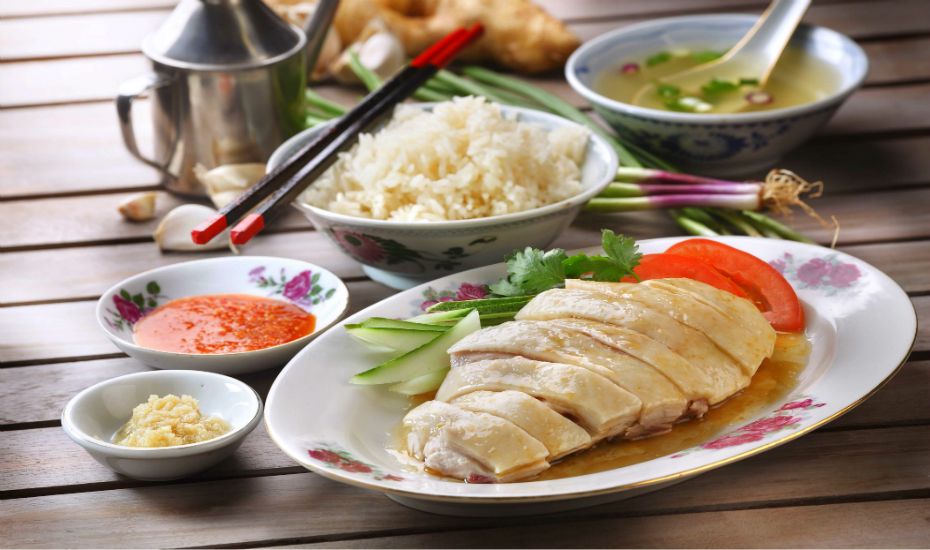
Hainanese chicken rice is considered one of the national dishes of Singapore. It is based on a well-known Hainanese dish called Wenchang chicken, and the current dish is adapted from the early Chinese immigrants originally from Hainan province in southern China. Stalls selling Hainanese chicken rice as their primary speciality can be seen everywhere from school canteens, hawker stalls to major restaurants.
Features of the dish: